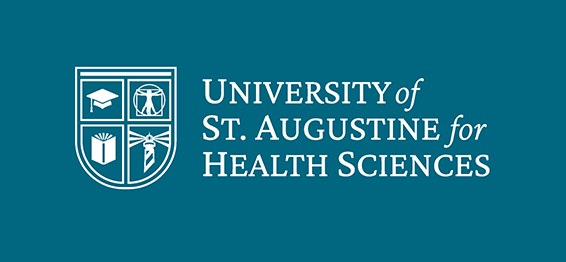Abstract
Background:
Health care providers in the United States must be prepared to collaborate inter-professionally for optimal care with culturally diverse populations. As of 2016, more than a quarter of the overall U.S. population was made up of immigrants and their U.S. born children (Zong, Batalova, & Hallock, 2017). International service-learning experiences have been used across a variety of health care educational programs, some providing inter-professional rehabilitation services, to help prepare students to work with individuals from varying cultures (Buff et al., 2015; Mu et al., 2016). Field immersion experiences can support the development of cultural competency in health care students, allowing them to better understand how culture is related to future professional practice (Ekelman, Dal Bello-Haas, Bazyk, & Bazyk, 2003). Cultural competency can be defined as “the ongoing process in which the health care provider continually strives to achieve the ability to effectively work within the cultural context of the client (including) individual, family, community” (Campinha-Bacote, 2002, p. 181). Recent studies support that interprofessional teams of health care students participating in service-learning experiences develop improved transcultural self-efficacy, including their knowledge on how cultural factors can influence the provision of health care (Cerny, Svien, Johnson, & Hansmeier, 2018). Potter’s House Association International (PHAI) serves some of the nearly 13,000 individuals living in extreme poverty at Guatemala City’s garbage dump. PHAI is a non-profit organization that uses a holistic approach to address not only economic poverty but also poverty of knowledge, support networks, social-emotional health, civic involvement, spirituality, and physical health (Potter’s House, n.d.)
Faculty and students from the University of St. Augustine for Health Sciences (USAHS) in Austin have supported PHAI with annual, week-long service-learning trips over the past five years. In April 2018, occupational therapy (OT) students on the service trip were tasked with using grant-awarded funds to build a sensory room and provide education for PHAI staff on sensory and emotional regulation strategies to support the more than 200 children served at the community center
Methods:
Pre-trip planning included collaboration with PHAI staff to identify specific needs of the children and center; Four sessions of pre-departure training with USAHS faculty to address concepts related to global health service, including improving cultural competency, discussing potential ethical dilemmas, and other preparations for the service trip; and mentoring of OT students by USAHS OT faculty during preparation
Discussion:
Consideration of client factors, occupations, environments, and contexts of the children served by PHAI were essential when developing the sensory room and trainings. Ongoing collaboration between the USAHS service team and PHAI staff allowed educational programs to target emotional regulation and training of staff on use of the equipment to meet both general and specific needs of the children. Pre-planning and collaboration allowed the service team to overcome common barriers experienced on service trips to resource-limited regions. Future considerations include follow-up with PHAI staff to process successes, problem-solve failures, and identify additional needs.
Recommended Citation
Jeantete, S., Trotter, S., Cline, A., & Svatos, K. (2018). International Service Project Supporting Children's Sensory/Emotional Needs. Retrieved from https://soar.usa.edu/ot/3


Comments
Poster presented at the Texas Occupational Therapy Association Annual Conference in Sugarland, TX, on November 3, 2018.